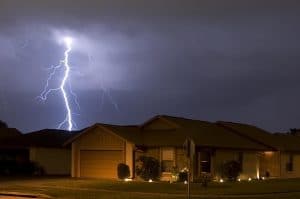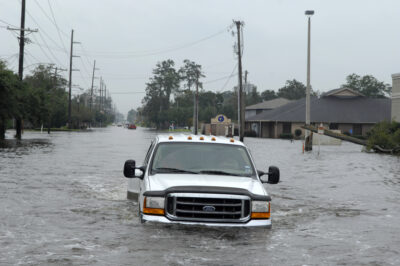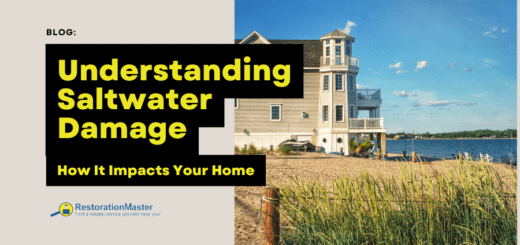3 Ways to Stormproof your Home
 Storms can pose a dangerous threat to your home, and one of the most disconcerting reasons for this is that there isn’t a huge amount you can do to predict when they are going to hit, how strong they are going to be, or what measures you can take to protect yourself from the ferocity of Mother Nature.
Storms can pose a dangerous threat to your home, and one of the most disconcerting reasons for this is that there isn’t a huge amount you can do to predict when they are going to hit, how strong they are going to be, or what measures you can take to protect yourself from the ferocity of Mother Nature.
The element of randomness involved with storms makes them particularly dangerous, but it doesn’t mean that there is no way of safeguarding you and your home from them.
This is particularly true if you live in an area known for regular storms, because it gives you the justification to make more comprehensive changes to your home.
These changes might include sealing any air gaps in the outer walls (therefore keeping moisture and the wind at bay). You could also be sure to use higher-quality fixtures and fittings, which will ensure your home is both structurally sound and unlikely to be damaged easily in the event of a storm.
Here are three effective ways to stormproof your home.
Use higher-quality fixtures and fittings.
A great way to ensure your home is stormproof is to invest in high-quality fixtures and fittings. It might sound like a small detail, but realistically, these fittings make up a large part of the livability of your home. Items such as brackets, adhesives, and nails—along with more significant details such as damp-proofing—need to be hard-wearing and able to last for a long time.
It is a false economy to cut corners with details such as these because a heavy storm will soon stress-test these items, and if they fail you could end up with an eye-watering bill.
To find high-quality fixtures and fittings, visit Tradefix Direct.
Seal up any gaps in the outer walls or roof.
One of the most potent risks posed by storms are water leaks. While you might imagine they are caused by major structural breakages (such as a hole being punctured in the roof), most damaging leaks originate from small gaps in the outer walls or roof.
To prevent this, it is important to comprehensively seal the outer walls and roof lining, ensure there is no existing dampness on the property, and continually monitor the situation in the event of a storm.
As long as you have taken these preventative measures, you shouldn’t experience any issues.
Be aware of potential risks in your area and focus on them.

Lake Charles, La., residents brave the high flood waters caused by Hurricane Ike Sept. 13 in order to make damage assessments to their homes. (U.S. Air Force Photo/Staff Sgt. Bennie J. Davis III)
While it is extremely difficult to predict what damage a storm will inflict on your house before it happens, you can identify potential areas of risk and focus on minimizing any threat posed by them.
For example, if your house is situated in an area of flood risk, then it is a good idea to focus on blocking water from entering your home using sandbags or specialist flood-barrier technology.
Alternatively, if you predict high winds to be your strongest threat, then consider felling (or at least trimming back) any tall trees surrounding your home.
Closing thoughts
Overall, when protecting your home from the threat of storms, it is best to look at the big picture. There is no point worrying about threats outside of your immediate control, so don’t monitor the weather forecast obsessively, or keep yourself up at night thinking about it. Instead, buy yourself some peace of mind by taking preventative measures, focusing on areas of immediate risk.
For professional help with storm damage restoration, call RestorationRestoration is the process of returning a property to its pr... More Master 24/7/365.












